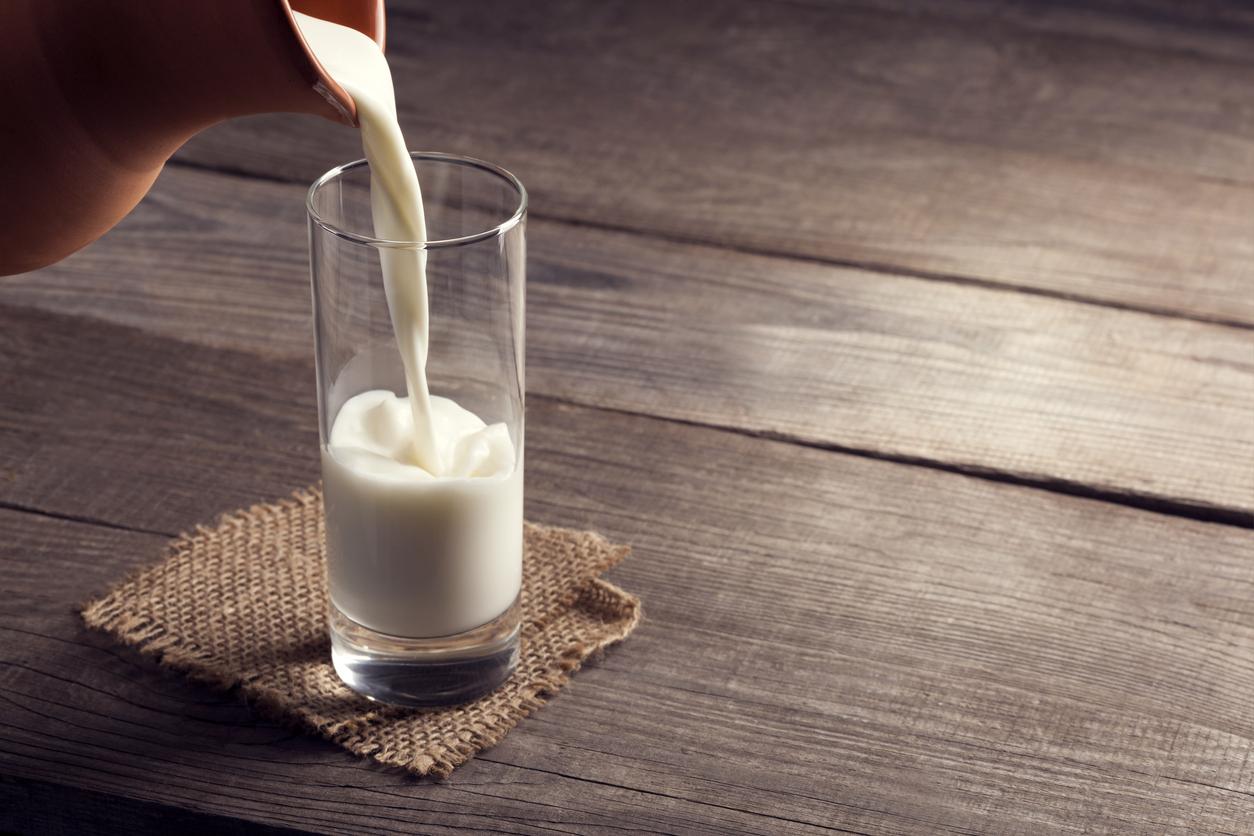Little but strong ! Better known for hunting vampires, garlic has nevertheless been considered a health food for years, renowned for its many health properties.
Garlic purifies the body and drives out infections
Consumed regularly, its antibacterial action allows it to purify the body via a vermifuge and antiparasitic effect. It is also useful for hunting germs during winter illnesses. In case of a sore throat, our grandmothers peeled a clove of garlic, then sucked it without chewing it until the pain was anesthetized. A natural solution that may seem outdated at a time when throat lozenges compete in good taste (lemon, honey…), but which had the advantage of working rather well without being expensive.
Garlic protects the cardiovascular system
Garlic is at the top of the list of foods recommended by the American Heart Association because of its heart-protective properties. The reason ? Its richness in antioxidants (flavonoids, polyphenols, selenium…) but also in anticoagulants, which boost blood circulation, prevent the formation of clots and would also have the ability to reduce the level of bad cholesterol in the blood. A food to be used both in prevention and when suffering from cardiovascular disease.
Garlic is a mainstay of the anti-cancer diet
Thanks to its exceptional content of sulphurous compounds, garlic is a cleaner which seems above all to neutralize the carcinogenic effects of toxic substances, for example nitrites, these additives very much used in charcuterie and which, transformed in our stomach into nitrosamines, are particularly deleterious. “More incredible still, it is capable of destroying mini-clusters of cancerous cells, a situation that occurs every moment in our body”, explains Anne Dufour in her book “Les Meilleurs Aliments anticancer” (ed. Leduc.s) .
To date, several epidemiological studies indicate a positive effect of garlic consumption on the prevention of certain cancers: a 30% reduction in the risk of colorectal cancer and around 50% in the risk of stomach cancer in case of high garlic consumption (18 g of raw and cooked garlic per week, or about 6 cloves). Other research has shown a positive impact on laryngeal, prostate and breast cancers.
In what form to consume it?
- Believed. The enzyme that garlic contains and which allows the formation of allicin (organosulfur compound) and other sulfur compounds is degraded by heat. Thus, depending on how the garlic is cooked, and a fortiori if it simmers for a long time, the sulfur compounds formed will be different and the antioxidants fewer in number. To make it more digestible, it is better to squeeze it. It is also in this form that it will be the strongest in taste. Cut into strips, it is less “violent”, but its intact fibers cause swelling.
- Cooked. It is added 15 minutes before the end of cooking to flavor a dish without its health properties being denatured.
- In capsules. For those who are put off by the taste of garlic, taking it in powder form, in capsules, is a solution to keep your breath fresh. Know that when it comes to garlic-laden breath, there is no point in brushing your teeth tirelessly. The unpleasant odor actually comes from gases released in the mouth when chewing and then in the digestive tract during digestion. The only way to act a little on the breath is then to chew coffee beans, mint or even parsley.
Warning: some people are allergic to garlic. And in high doses, it is not recommended after surgery.
Also to discover:
- Wild garlic: its health benefits
- Garlic: an aphrodisiac food?
- The surprising beauty secrets of garlic




















